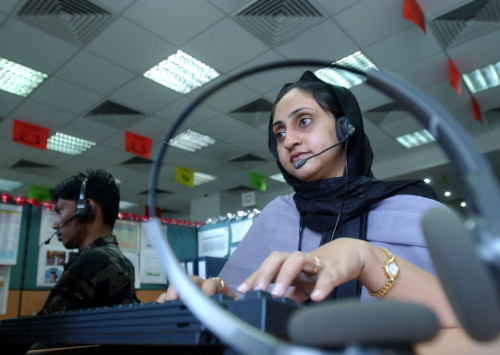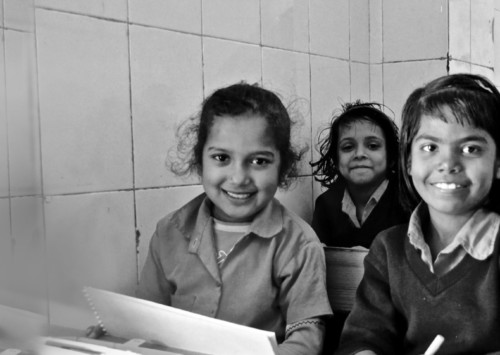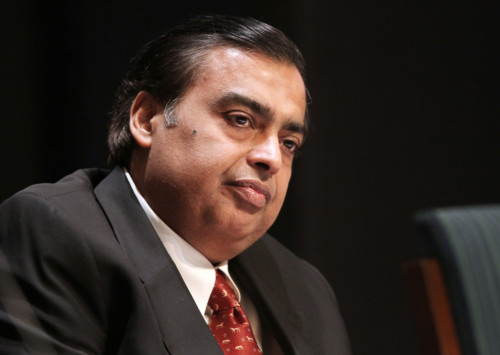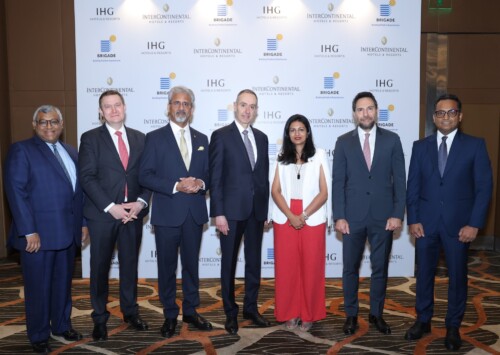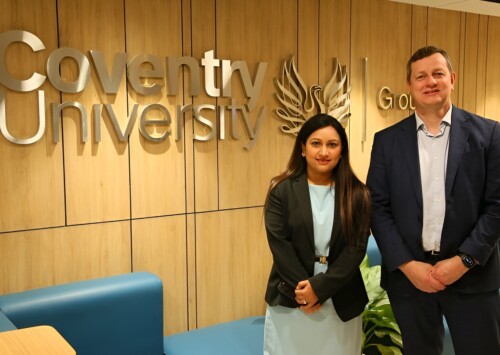In an era of economic growth, women remain worse off

There are significant gender differences when it comes to winners and losers of the growing income gap, with women more likely to find themselves in the bottom half of the income distribution
Oxfam, an international confederation of charitable organisations, recently released a report on the widening gap between the rich and the rest. However, there is another concern that goes beyond the issue – gender inequality around the world.
According to a recent report, titled ‘An economy for the 99 percent’, by Oxfam, an international confederation of charitable organisations focused on the alleviation of global poverty; the gap between rich and poor is far greater than had been feared.
The report shows how our broken economies are funnelling wealth to the rich elite at the expense of the poorest in society, the majority of who are women.
“Not just in India, but also in East Asia where the countries are quite highly developed, the gap between men and women remains because it is not only the laws and policies that can bridge this gap, but it’s also about social attitudes,” says Nisha Agrawal, CEO, Oxfam India, in an exclusive conversation with the Media India Group.
“Many people in India still have a son preference and don’t educate girls or feed them well. People are still indulging in female feticide. So, Oxfam has launched a new campaign called ‘Bano Nayi Soch’ (Think differently), where we are stressing on the issue that each one of us has to change the way we think,” she further informs.
There are significant gender differences when it comes to winners and losers of the growing income gap, with women more likely to find themselves in the bottom half of the income distribution.
Worldwide, the chances for women to participate in the labour market remain almost 27 pc lower than those for men. In the Middle East and North Africa, just one-quarter of women participate in the labour force, and in South Asia, one-third does, compared with three-quarters of men in these regions.
The 2016 edition of World Economic Forum’s annual report on the gender gap found that the gap in economic participation has widened in the last year, and it will take approximately 170 years for women to be paid the same as men.
This gap is due to outright discrimination, where women receive lower pay for equal work of equal value; but it is also because women are concentrated in lower paid and part-time jobs. Women earn 31 pc to 75 pc lesser than men due to the pay gap and other economic inequalities such as access to social protection, accumulating to leave them much worse off over their lifetime. Even in advanced economies where education attainment disparities have been largely eliminated, men continue to dominate high-income groups while women remain disproportionately responsible for carrying out unpaid work in the home.
Building a fair economy
Gender equality is at the heart of the human economy, and a fair human economy would be ensuring that both halves of humanity have an equal chance in life.
Barriers for women’s progress, which include access to education and healthcare, social norms that determine a woman’s role in society and the underlying threat of violence, should be eliminated.
The Union Budget 2017-18 provides a major opportunity to reverse this trend and to put in place policies that will raise the economy in a more progressive way and to spend those on basic girl education and healthcare to create equal opportunities in the country.

